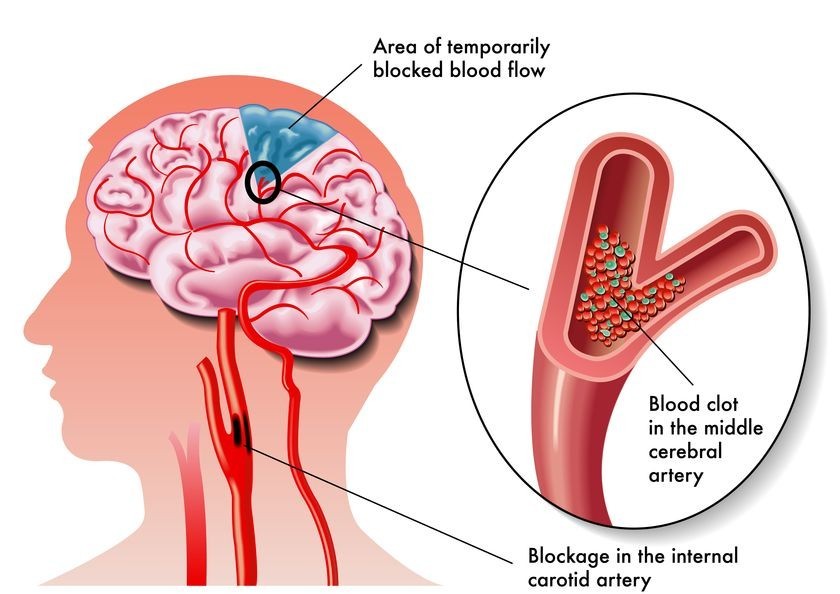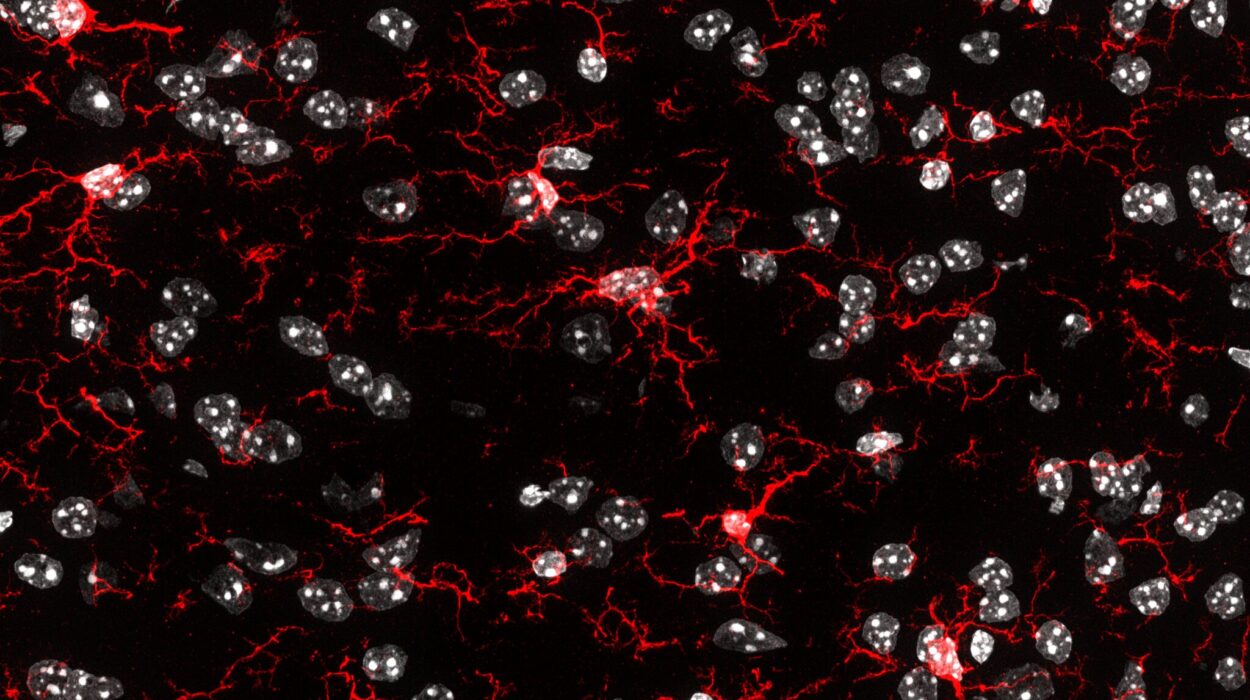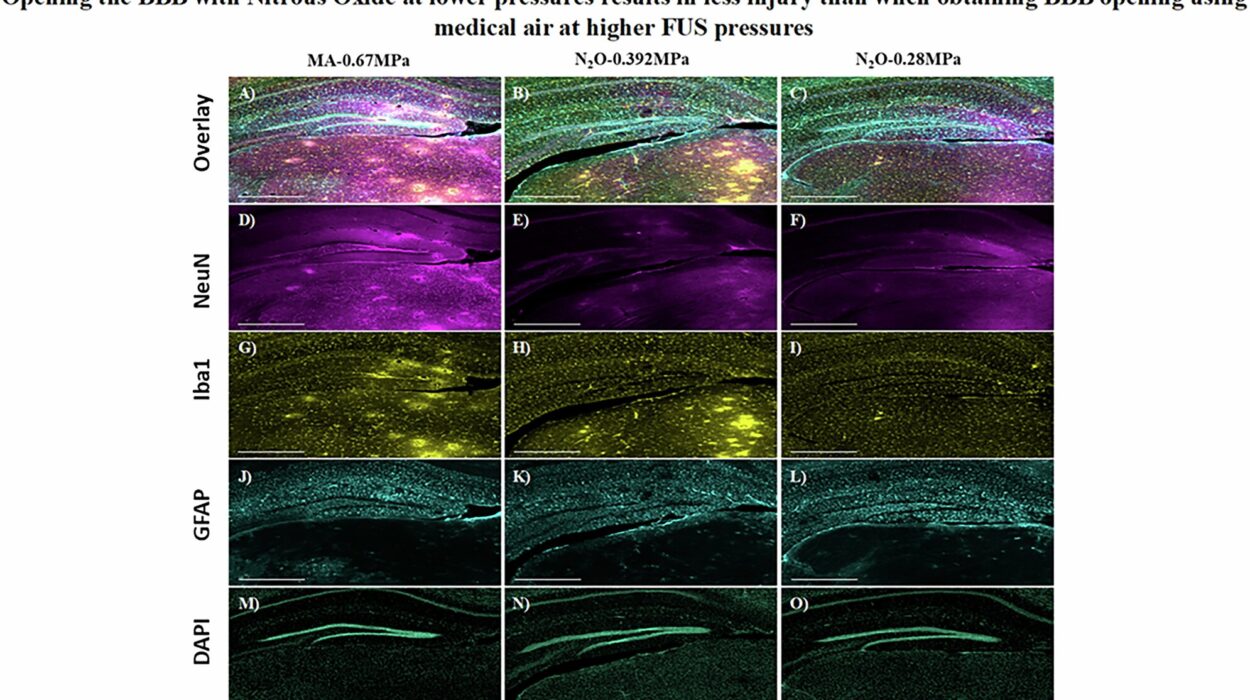Skin is our largest organ, our first line of defense, and our outermost mirror to the inner workings of the body. It flushes when we’re embarrassed, breaks out when we’re stressed, glows when we’re pregnant, and ages as our bodies evolve. But behind these changes lies an invisible force often pulling the strings: hormones.
Hormones are the body’s chemical messengers, secreted into the bloodstream by glands and tasked with controlling everything from metabolism and mood to growth, reproduction, and—yes—skin health. When in balance, they can give you radiant, clear skin. When out of sync, they can cause a cascade of issues: acne, dryness, oiliness, hyperpigmentation, rashes, and even premature aging.
In this comprehensive exploration, we’ll dive deep into how hormones affect your skin, examining different life stages, types of hormones involved, gender differences, and how you can work with your hormones—not against them—for healthier skin.
The Hormone-Skin Connection: A Biological Love-Hate Relationship
To understand how hormones affect the skin, it helps to know what hormones actually are. Think of hormones as tiny chemical instructions traveling through your bloodstream. They’re produced by glands in the endocrine system, including the pituitary gland, thyroid, adrenal glands, pancreas, and reproductive organs (ovaries and testes).
Each hormone acts like a key that unlocks specific responses in your body. When it comes to skin, the most influential players include:
- Androgens (like testosterone)
- Estrogens
- Progesterone
- Cortisol
- Insulin
- Thyroid hormones
- Melatonin
- Growth hormone
These hormones regulate oil production, skin cell turnover, hydration, inflammation, and even the speed at which wounds heal. A slight imbalance can tip the scale toward acne, dryness, or sensitivity.
Let’s explore these key hormones in more detail—and how each one shapes your skin story.
1. Androgens: The Oil Commanders
Androgens, such as testosterone and DHEA (dehydroepiandrosterone), are often labeled as “male” hormones, but they’re present in all genders. One of their key roles in skin health? Stimulating the sebaceous (oil) glands.
When androgen levels rise, sebaceous glands go into overdrive, pumping out more sebum. This is why hormonal surges—like those during puberty or menstrual cycles—often lead to oily skin and acne.
Excess Androgens Can Lead To:
- Cystic acne, especially around the jawline, chin, and cheeks
- Oily skin, particularly in the T-zone (forehead, nose, chin)
- Enlarged pores
- Increased hair growth (hirsutism) on face or body in women
Common Causes of Androgen Imbalance:
- Puberty
- Polycystic Ovary Syndrome (PCOS)
- Stress (can increase DHEA levels)
- Menopause (as estrogen drops, the balance shifts toward androgens)
2. Estrogen: The Radiance Hormone
If androgens are the oil barons, estrogen is the skin’s fairy godmother. Estrogen helps keep the skin hydrated, thick, and elastic by promoting collagen production and water retention. It also helps regulate sebum production, counteracting androgens.
High Estrogen Levels Are Associated With:
- Glowing, hydrated skin (often seen during pregnancy or ovulation)
- Smoother texture
- Even skin tone
- Fewer breakouts
Low Estrogen Levels Can Cause:
- Dryness
- Thinner, more fragile skin
- Increased fine lines and wrinkles
- Dull or uneven tone
This is why skin often changes dramatically during menopause, when estrogen levels decline rapidly. Many women experience a loss of elasticity, increased dryness, and more pronounced aging.
3. Progesterone: The Sensitivity Factor
Progesterone plays a subtler, but still impactful, role in skin health. During the luteal phase of the menstrual cycle (after ovulation), progesterone rises and can cause the skin to swell slightly and retain more fluid. It also affects pore size and oil production.
High Progesterone May Cause:
- Puffiness
- Oilier skin
- More clogged pores and breakouts
This is one reason many women notice breakouts or increased skin sensitivity in the week before their period. Progesterone can also trigger conditions like perioral dermatitis or exacerbate eczema in some people.
4. Cortisol: The Stress Hormone Saboteur
Cortisol, the primary stress hormone, is notorious for wreaking havoc on your skin. It increases inflammation, suppresses the immune system, and ramps up oil production—all of which contribute to acne, sensitivity, and delayed wound healing.
Chronic stress keeps cortisol elevated, disrupting the skin barrier and microbiome.
Stress-Induced Skin Issues Include:
- Acne flare-ups
- Eczema or psoriasis outbreaks
- Rosacea worsening
- Skin barrier damage, leading to increased sensitivity and infections
- Premature aging due to collagen breakdown
Managing stress through sleep, mindfulness, exercise, and diet isn’t just good for your mind—it’s crucial for your skin.
5. Insulin and IGF-1: The Sugar Connection
Insulin and its partner in crime, insulin-like growth factor 1 (IGF-1), are released when you eat sugar or high-glycemic foods. These hormones don’t just affect your blood sugar—they also affect your skin.
Elevated insulin and IGF-1 levels can increase androgen production, which in turn ramps up oil production and inflammation. This is a key reason why high-sugar diets are linked to acne.
Signs of Insulin Dysregulation on Skin:
- Persistent acne, especially along the jawline
- Increased oiliness
- Inflammation and redness
- Slow wound healing
Balancing blood sugar with low-glycemic foods, fiber, and regular meals can dramatically improve skin clarity.
6. Thyroid Hormones: The Metabolic Architects
The thyroid gland regulates metabolism, and its hormones (T3 and T4) impact nearly every system in the body—including your skin.
Hypothyroidism (underactive thyroid) Can Lead To:
- Dry, flaky skin
- Pale complexion
- Coarse texture
- Thinning eyebrows
Hyperthyroidism (overactive thyroid) May Cause:
- Sweaty or clammy skin
- Warm flushes
- Thin, fragile skin
- Increased pigmentation
Since these conditions often go undiagnosed for years, persistent unexplained skin issues may warrant a check of your thyroid function.
7. Melatonin: The Skin’s Night Watchman
Melatonin is best known for its role in sleep regulation, but it’s also a powerful antioxidant. During sleep, melatonin levels rise and help the skin repair itself by fighting oxidative stress and inflammation. Lack of sleep reduces melatonin and increases cortisol, making the skin more prone to damage.
Skin Benefits of Healthy Melatonin Levels:
- Improved nighttime skin repair
- Protection against UV damage
- Fewer signs of aging
- Enhanced skin tone and brightness
Getting quality sleep—and possibly using melatonin-rich skincare—can be a game-changer for tired or aging skin.
Life Stages and Hormonal Skin Shifts
Hormonal influence on the skin is not static. It evolves through every life stage. Here’s how different phases of life reshape the hormonal skin landscape:
Puberty: The Acne Awakening
When puberty hits, androgens surge. The sebaceous glands wake up and flood the skin with oil. Pores clog more easily, leading to classic teenage acne—often on the face, back, and chest.
This phase may also bring increased hair growth, body odor, and sensitivity to skincare products.
The Menstrual Cycle: A Monthly Skin Rollercoaster
Throughout the month, estrogen and progesterone levels fluctuate, influencing oiliness, texture, and breakout potential.
- Follicular phase (Day 1–13): Estrogen rises. Skin looks bright, clear, and even.
- Ovulation (Day 14): Peak estrogen gives skin a radiant glow.
- Luteal phase (Day 15–28): Progesterone rises, pores enlarge, oil increases, breakouts may occur.
- Menstruation: Hormones dip. Skin may look dull, sensitive, or inflamed.
Tracking your cycle can help you anticipate changes and adjust your skincare routine accordingly.
Pregnancy: The Glow (and the Grit)
Pregnancy is a hormonal whirlwind. Estrogen and progesterone soar, often giving skin a beautiful glow. But not always.
Some women experience:
- Melasma (the “mask of pregnancy”): Dark patches due to elevated estrogen
- Acne: Hormonal surges, especially in the first trimester
- Spider veins and stretch marks: Due to blood volume changes
- Itchy skin or rashes
Each pregnancy is unique, but hormonal flux is guaranteed.
Perimenopause and Menopause: The Great Transition
As women approach menopause, estrogen levels begin to decline, and skin changes become more noticeable.
Common shifts include:
- Increased dryness
- Sagging or thinning skin
- More visible fine lines and wrinkles
- Acne (due to relative androgen dominance)
- Loss of radiance
Estrogen therapy or phytoestrogens in skincare can sometimes help mitigate these effects.
Hormonal Skin Disorders
In some cases, hormonal imbalances cause or contribute to specific skin disorders. These include:
- Polycystic Ovary Syndrome (PCOS): Excess androgens lead to persistent acne, oily skin, and hair growth.
- Hormonal acne: Usually appears in a cyclical pattern, worsens with menstruation or menopause, and responds better to hormonal treatment than topical products.
- Hirsutism: Excess facial/body hair caused by androgen excess.
- Acanthosis nigricans: A darkening and thickening of the skin, often tied to insulin resistance.
Treating the root hormonal cause—rather than just the skin symptoms—yields far better results.
Working With Your Hormones: Skincare Tips for Hormonal Health
While you can’t control all your hormones, you can support them with lifestyle choices and smart skincare. Here’s how:
- Balance blood sugar: Eat whole foods, minimize sugar, and pair carbs with protein and fat.
- Sleep deeply: Aim for 7–9 hours of quality sleep to optimize melatonin and reduce cortisol.
- Manage stress: Meditation, yoga, journaling, or even walking can lower cortisol and inflammation.
- Cycle-sync your skincare: Use exfoliants or acne treatments during the luteal phase, and hydrating products during menstruation.
- See a healthcare provider: For persistent skin issues, get hormone levels tested. You might need medical treatment or lifestyle changes.
Conclusion: Your Hormones, Your Skin’s Secret Storyteller
Your skin is more than a surface—it’s a reflection of your inner hormonal symphony. Whether it’s the subtle glow of ovulation, the frustration of hormonal acne, or the dryness of menopause, hormones shape your skin in powerful ways.
By understanding these intricate connections, you can learn to anticipate skin changes, treat the root causes of issues, and harness the power of your body’s natural rhythms. Whether through lifestyle changes, skincare choices, or medical treatment, honoring the skin-hormone connection is one of the most transformative things you can do for long-term skin health.
And remember: just like hormones, your skin is constantly evolving. Every line, spot, and glow tells a deeper story. The more you understand that story, the more empowered you’ll be to care for your skin—with science, strategy, and self-love.






